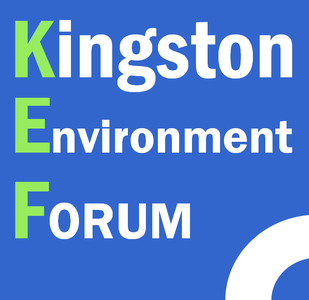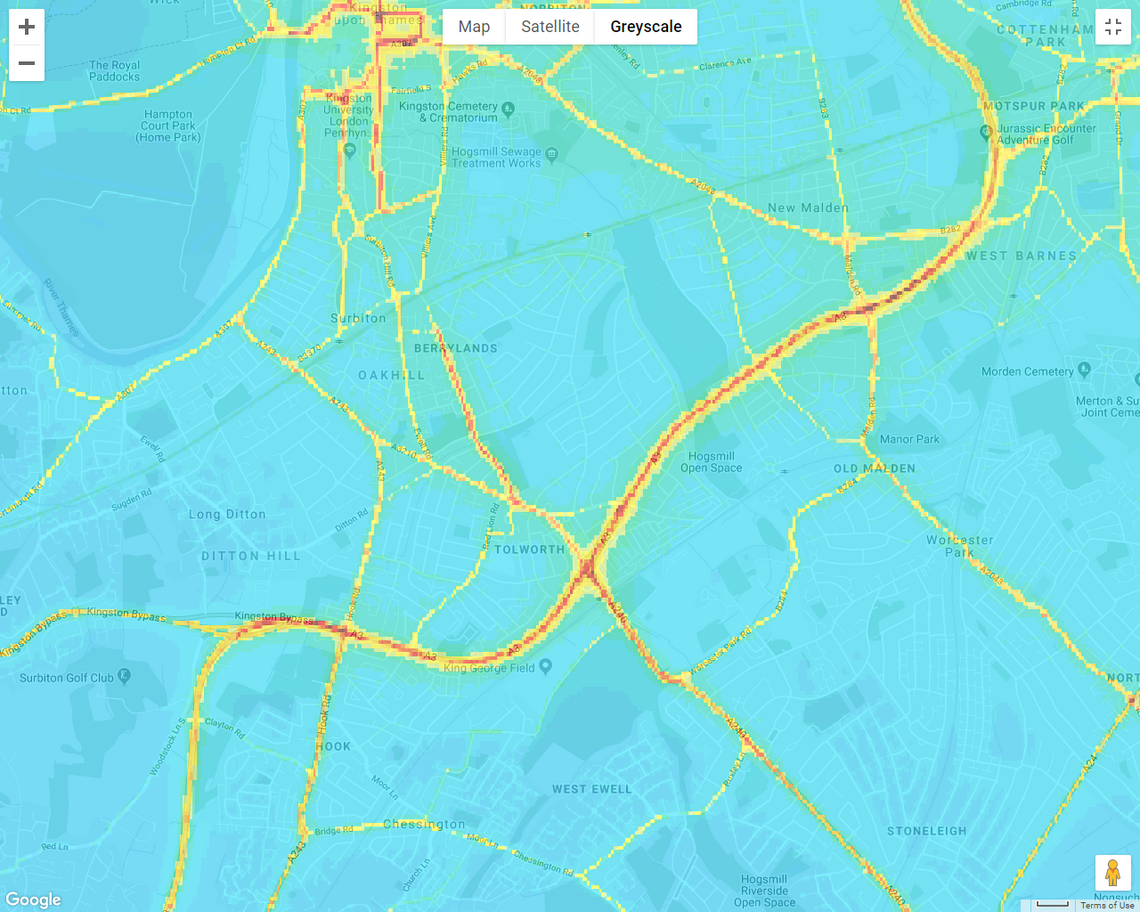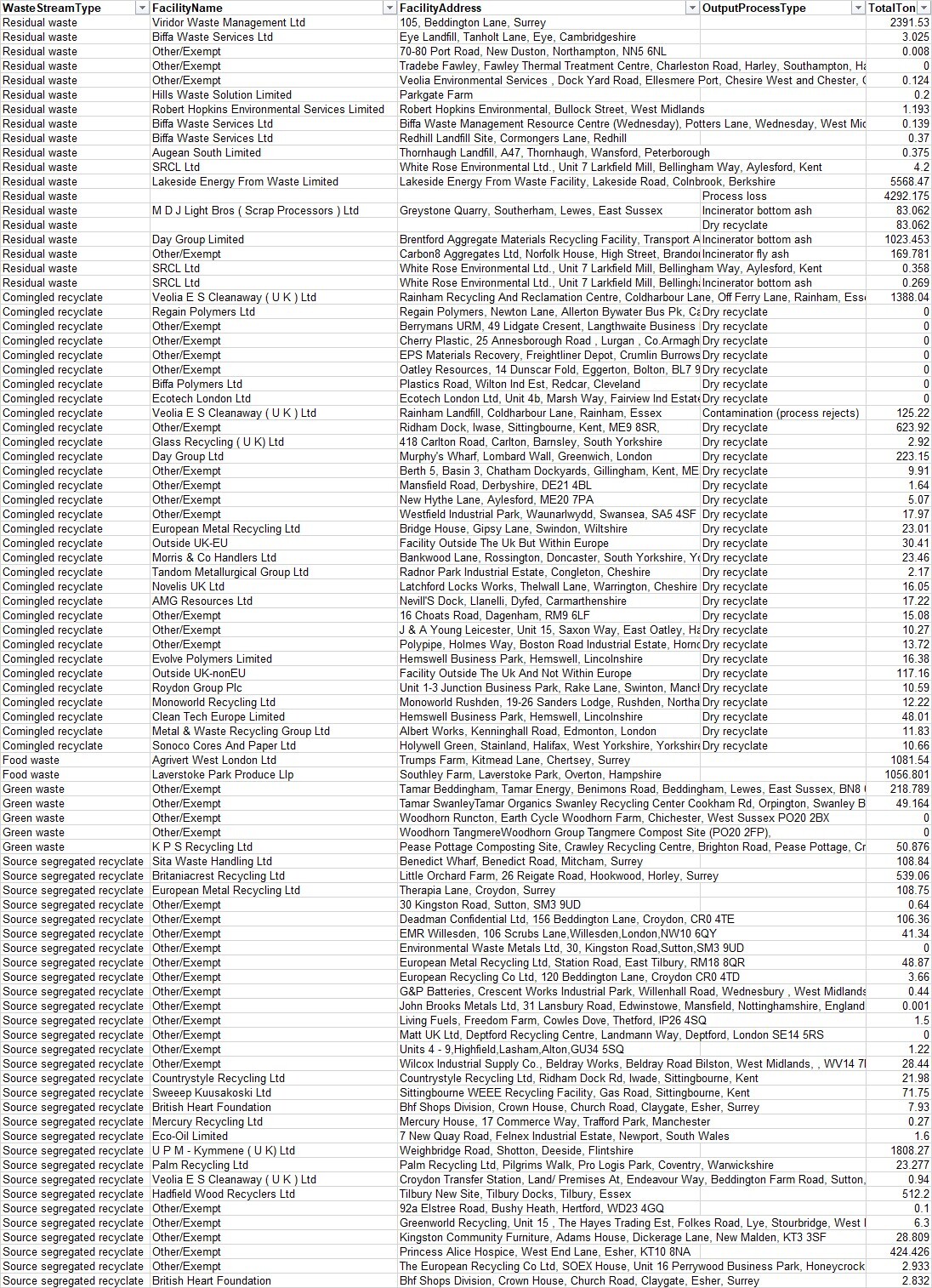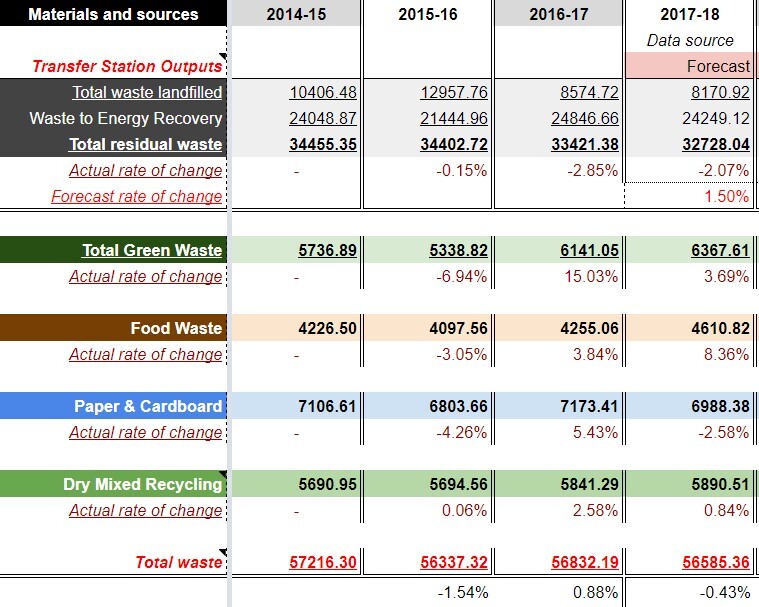Air pollution FAQs
These FAQs were compiled after a request for clear information at the Great Green New Year Gathering in January 2019.
An interactive map is here: www.londonair.org.uk. You can see up to date modelled information across Greater London to a level of single streets.
Map of Kingston, Tolworth, New Malden from londonair.org
Shift to cycling from motor transport?
Road transport is responsible for 80% of the pollution where legal limits on air pollution are being broken. Strategies to reduce vehicle use, especially for short trips and for the most polluting vehicles in cities will help to reduce pollution.
Effects of street trees?
Trees remove some kinds of pollution, mitigate flood risks and sequester carbon. Trees that are inappropriate for local conditions or poorly maintained can make air quality worse, e.g. by slowing dispersion of pollutants. Trees also provide benefits such as promoting biodiversity and improving the streetscape and well-being.
Effects of wood-burning stoves?
A wood burning stove emits more particles per hour than a diesel truck. Undried wood contains water and it is the drying process that causes wood to smoulder and release pollutants. The Government is committed to ensuring that only the cleanest stoves will be available for sale by 2022.
Effect of Heathrow?
Emissions from aircraft are a major concern for global levels of pollution and for climate change. At a local level, aircraft emissions are of little concern. Air pollution caused by road traffic around Heathrow is a much bigger problem.
Reduced reliance on diesel?
Most air pollution in London is caused by road transport, of which diesel vehicles are the most polluting. 42% of cars sold in the UK in 2017 ran on diesel, down from 50% in 2013. Although diesel engines have become cleaner this remains an important source of pollution.
Exposure to toxic air is often far higher inside than outside vehicles. According to the RAC (automotive services), for the average car commuter who sits in traffic for just one hour each day, exposure to air pollution inside their vehicle is the equivalent to passively smoking 180 cigarettes each year.
Kingston Council publishes an annual Status Report on Air Quality, detailing the levels of pollution and actions taken to fulfil the Air Quality Action Plan. The Plan includes actions such as traffic management and encouraging cycling.
See https://www.kingston.gov.uk/info/200261/pollution/615/air_pollution/2
The 2016 Air Quality Action Plan states the Royal Borough’s intention to promote electric vehicles and car clubs. Driving range and charging infrastructure can be barriers for people to buy an electric vehicle. Charging points are detailed on this map: www.zap-map.com/pts/0v8hydc/
Public Health England has reviewed the evidence in detail. The shortest summary is to say that there are effective actions at every level, from individuals using less petrol and diesel to governments making appropriate regulations.
References and further information:
Air pollution inside cars:
www.theguardian.com/environment/2017/jun/12/children-risk-air-pollution-cars-former-uk-chief-scientist-warns (Accessed 5 Apr 2019)
www.rac.co.uk/drive/news/motoring-news/in-car-pollution-equivalent-to-passively-smoking/ (Accessed 5 Apr 2019)
Improving air quality through cycling and walking
www.sustrans.org.uk/sites/default/files/activetraveltoolbox_healthandwellbeing_part2v4.pdf (Accessed 5 Apr 2019)
Effects of trees and vegetation on urban air pollution
uk-air.defra.gov.uk/assets/documents/reports/cat09/1807251306_180509_Effects_of_vegetation_on_urban_air_pollution_v12_final.pdf (Accessed 5 Apr 2019)
www.ltoa.org.uk/?fontstyle=f-larger&start=168 (Accessed 5 Apr 2019)
Wood burning stoves – Government Clean Air Strategy 2019
assets.publishing.service.gov.uk/government/uploads/system/uploads/attachment_data/file/770715/clean-air-strategy-2019.pdf (Accessed 5 Apr 2019)
www.bbc.co.uk/news/science-environment-46823440 (Accessed 5 Apr 2019)
Most effective interventions to improve air quality
assets.publishing.service.gov.uk/government/uploads/system/uploads/attachment_data/file/784055/Review_of_interventions_to_improve_air_quality.pdf (Accessed 5 Apr 2019)
Diesel car sales
https://www.statista.com/statistics/425113/eu-car-sales-share-of-diesel-engines-by-country/ (Accessed 5 Apr 2019)
Royal Borough of Kingston Air Quality Action Plan and Status Reports
https://www.kingston.gov.uk/info/200261/pollution/615/air_pollution/2 (Accessed 5 Apr 2019)
Further information
Kingston Environment Forum – Statement on Air Quality 2016
e-voice.org.uk/kef/kef-issues/air-quality/
Recycling in Kingston FAQs
No it doesn't all go to landfill or abroad - see the answers below.
It tends to be litter that blows into our watercourses and ends up the in the sea, with the devastating effects on wildlfe and beaches that we are becoming familiar with; that's one incentive for us to take litter home, to try to reduce the amount of waste we produce, and to sort our waste carefully for recycling.
The incentive for the Council to recycle is that it is considerably cheaper to recycle or compost across the board than it is to send waste to landfill or to energy recovery facilities.
Kingston Council has different requirements for different materials:
- Batteries are recyclable, but put them out for recycling in a bag on top of your grey rubbish bin or take them to the Villiers Road Recycling Centre.
- Black plastic can go into your green recycling box.
- Bottle-tops, metal, plastic or foil can all go into your recycling box. Remove them from jars and bottles as they may need to go into a separate recycling stream, and it also makes it easier to squash plastic bottles so that they take up less room and don't blow about.
- CDs are recyclable, but only at the Villiers Road Recycling Centre.
- Small electrical items are recyclable - put them out for recycling in a bag on top of your grey rubbish bin.
- Light bulbs can be recycled but only at the Villiers Road Recycling Centre.
- Metals other than foil can be recycled but only at the Villiers Road Recycling Centre.
- Polystyrene - unfortunately this is not recyclable (though some companies are working on a biodegradable mycelium “fungi packaging” (e g http://www.ecosnippets.com/environmental/mushroom-based-packaging/).
- Shoes and textiles - small amounts are recyclable, but put them out for recycling in a small carrier bag next to your food bin.
- Wood can be recycled but only at the Villiers Road Recycling Centre.
- Clean re-usable clothes and other goods should be taken to a charity shop or given away. For example via Freegle or Nextdoor. You may even be able to sell some items via e-Bay.
- Large amounts of any of the above waste items should be taken to the Villiers Road Recycling Centre. For other materials see the Councils A-Z of Recycling.
Why do different councils collect different waste for recycling? Isn't this unnecessarily confusing?
Councils have to find their own waste processing companies - it’s a market, with many different sorting and recycling companies with different requirements, hence the rules varying so much between councils. There are moves to standardise recycling, led by the charity Waste and Resources Action Programme (WRAP), for example in Wales, and in Kingston’s partnership with neighbouring boroughs in the South London Waste Partnership.
Kingston recycles 30 different materials, mainly via the Villiers Road site, and the answers change all the time, but mainly:
- Food waste is sent to an anaerobic digestion facility in Surrey, where it is turned into compost, liquid fertilizer and biogas.
- Garden waste is composted at Beddington Lane, Croydon, and sold on for agricultural use.
- Paper and card are sent to paper mills in the UK.
- Plastic, glass, cans and cartons are sorted at Veolia’s facility in Rainham and sent to multiple locations in the UK, Europe and Asia (e g, Vietnam, Indonesia).
- Textiles are graded and sent to markets in Europe or Africa, or made into industrial rag.
See also
See this page on the KEF website for some updates (November 2020) and further info. https://www.kingston.gov.uk/info/200273/waste_and_recycling/710/what_happens_to_your_recycling_and_rubbish
and http://www.slwp.org.uk/what-we-do/recycling-composting/what-happens-to-your-recycling-and-composting/
Detailed 2017-18 data as example:
- If you can’t tear paper or card, it means it is plastic-coated and should go into the plastics recycling box. Some cartons will say what they are made of.
- Dry paper and card are easier to handle, store and sort into different grades, and therefore more valuable. Wet paper can cause problems in the sorting machinery and is energy-intensive to dry (although once sorted, it is eventually recycled in a wet process, duing which staples and plastic windows are sieved out).
- Shredded paper reduces the quality and value of the paper material as so is best kept out of the recycling system (it composts well if you have a compost heap).
- Cleanliness requirements depend on the recycling company and can vary a lot, but in general it’s best to aim for clean and well separated materials as there will always be demand for these. Much of your recycling is re-sorted at the recycling plants, and it makes life pleasanter for the workers in these plants if your recycling is clean (as well as being pleasanter for you to store while awaiting collection).
- Rust and mud can cause problems, so very muddy or rusty items should go into your grey bin.
- Plastic coated paper can be recycled in your green box along with other plastics. Some coffee chains, e g Costas, now take paper coffee cups from any coffee shop to be recycled by specialist companies - and some will now give you a discount if you take your own cup.
- Staples, sticky tape and envelope windows are eventually sieved out when paper is turned into a wet pulp.
- Small amounts of plastic film attached to glass or plastic are acceptable.
Although Kingston does not currently send material to China, the changes will have knock-on impacts on markets elsewhere and it is rumoured that other countries will follow suit. Ideally, in the longer term, more regional markets would appear, and there would be a more “closed loop” / circular economy. But, combined with the impacts of Brexit, much is unknown at the moment.
- In an ideal world zero waste would mean no waste at all for disposal, but in the real world it usually means no waste going to landfill and more commitment and action towards a “cicular economy”.
The total amount of waste collected in Kingston has reduced year on year, which is encouraging and appears to buck regional and national trends. Kingston remains committed to increasing the proportion of waste that is recycled or composted, and to reducing the total amount. Retailers, consumers and campaigners can also help to reduce the amount of waste and packaging in the system.
The table below shows changes since 2014
Currently about 25% of the waste in our grey bins goes to landfill, with the remainder going to an energy recovery facility (ERF) in Slough. Along with neighbouring boroughs in the South London Waste Partnership, Kingston is in the process of moving to incineration in the Beddington Energy Recovery Facility, next to the existing landfill site which it will eventually replace. The Beddington ERF is a Combined Heat and Power (CHP) facility, which means that it will generate electricity to feed into the National Grid, as well as supplying low-carbon heating and hot water to local homes and businesses.
Once completed the Beddington ERF will:
- provide local residents and businesses with a cost-effective and sustainable alternative to landfill;
- treat 95% of the waste collected from households in Kingston, Croydon, Merton and Sutton, instead of burying it;
- generate 26MW of electricity p a, enough to power itself + around 30,000 homes, as well as providing heating and hot water via highly insulated pipes to the nearby Barratt Homes development. In the first phase, connecting to the Barratt Homes development is expected to save 900 tonnes of CO2 emissions p a, with future phases expected to save over 5,000 tonnes;
- cut CO2 emissions by 128,000 tonnes p a, compared to the current landfill operation;
- enable work to transform the existing landfill site into a country park and wildlife haven;
- attract local investment and create 40 permanent jobs.
More information and FAQs about Beddington and ERFs in general at https://viridor.co.uk/our-developments/beddington-erf/
- Businesses have to organise their own waste and recycling - in the town centre Kingstonfirst offers free recycling to its members - see https://www.kingstonfirst.co.uk/supporting.
- Sadly, on-street recycling bins do not work very well in the UK, as many councils have found. The material collected in public recycling bins is consistently contaminated to the point where it is no longer recyclable and so provision is not cost-effective.
In Kingston, bring sites were removed when the comprehensive collection services were introduced in 2008 and the “recycling on the go” units were removed more recently due to problems with contamination and fly tipping. Neither service continued to offer value for money. Their withdrawal doesn’t appear to have had an impact on the overall recycling rates locally.
The best thing to do is to take recyclable bottles, papers, cans etc home and put them in your own recycling bins.
Safety considerations are the main issue, but the council is currently (early 2018) considering various options to facilitate pedestrian and cycle access including; a “bring site” at the entrance once the redeveopment works are complete; escorted access outside Waster Transfer Station opening hours when the majority of large vehicle and equipment movements take place; physical changes such as segregated pedestrian walkways to allow safe access.
Due to the improvements in domestic recycling the council anticipates that there will be less demand for public access.
Kingston Council website and the South London Waste Partnership website can give you more information.
See this page on the KEF website for some updates (November 2020) and further info.
A BBC news item https://www.bbc.co.uk/news/science-environment-45496884 compares plastic recycling rules across the country.



